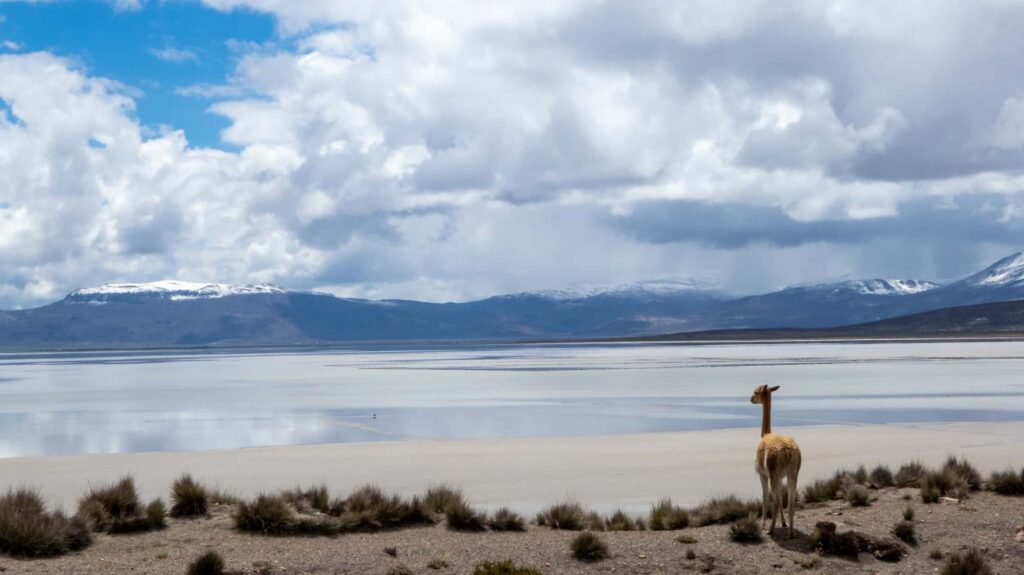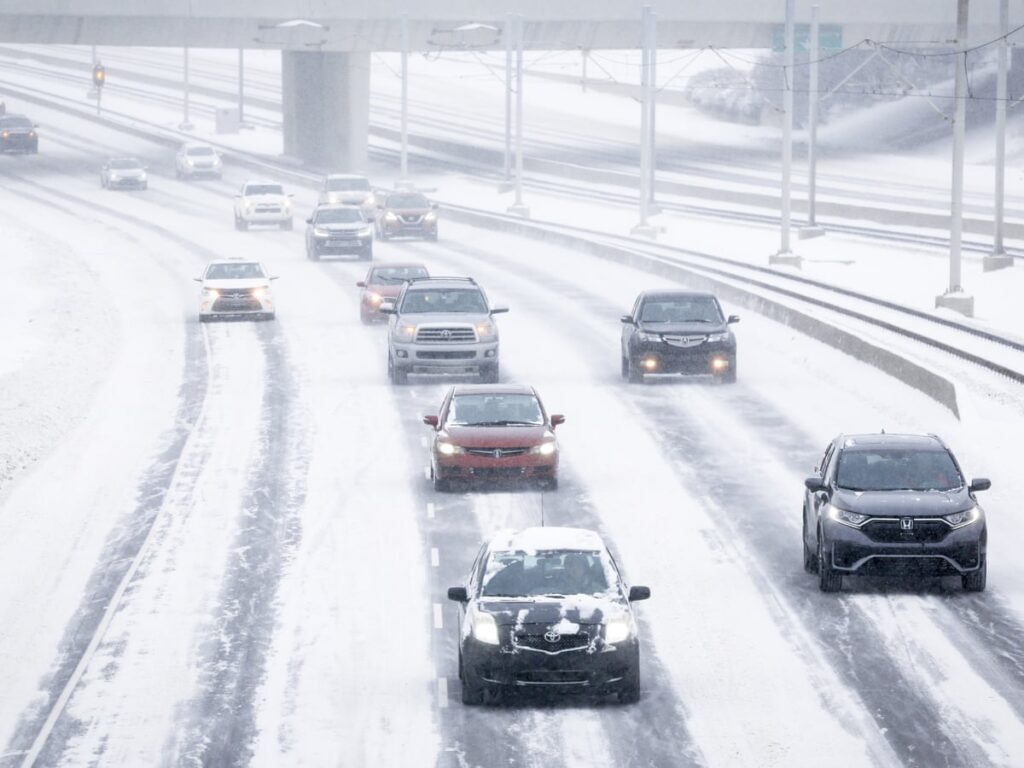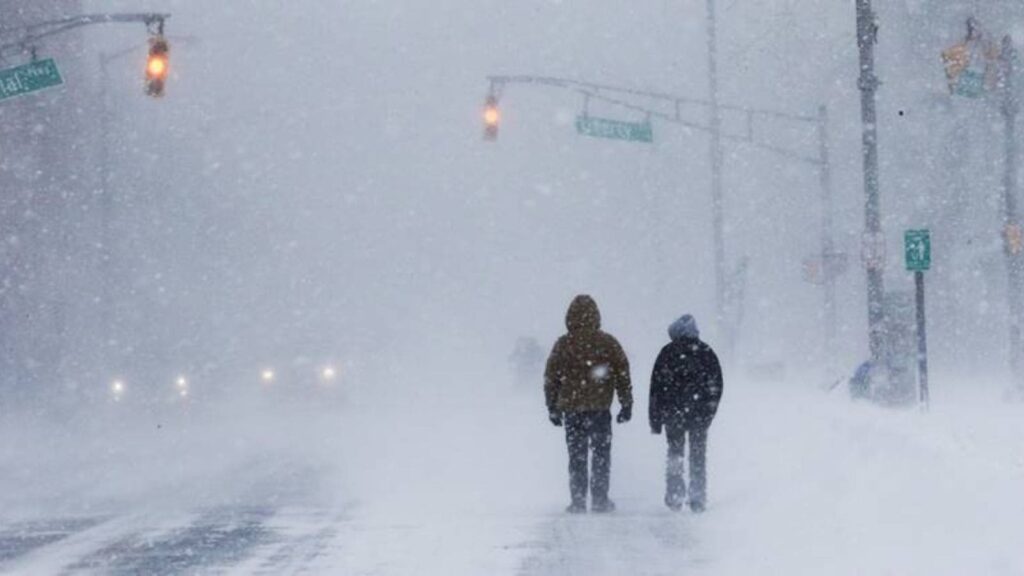When it comes to the weather, few countries are as diverse as the United States of America. From the snowy peaks of Alaska to the sunny beaches of Florida, and from tornadoes in the Midwest to hurricanes in the Gulf Coast, the USA experiences nearly every weather phenomenon known to Earth. Understanding how weather works across the U.S. is essential not only for daily life but also for safety, travel, agriculture, and more.

In this blog, we explore everything you need to know about weather in the USA, including common patterns, regional differences, the difference between climate and weather, how severe weather affects the country, and tips for staying informed and prepared.
What is Weather? (And How It’s Different from Climate)
Before diving deep into regional patterns, it’s important to distinguish between weather and climate. Weather refers to short-term atmospheric conditions—like rain, snow, wind, and temperature—on a daily or weekly basis. Climate, on the other hand, is the average weather in a region over a long period (usually 30 years or more).
In short, climate is what you expect; weather is what you get.
USA Weather Patterns: A Region-by-Region Overview
The USA is divided into multiple weather zones, each with unique characteristics. Here’s a breakdown:

1. Northeast (New York, Massachusetts, Pennsylvania)
Winter: Snow, freezing rain, and nor’easters.
Summer: Warm and humid.
Fall & Spring: Moderate with colorful foliage.
2. Southeast (Florida, Georgia, South Carolina)
Hot and humid summers, with frequent thunderstorms.
Mild winters.
Hurricane season runs from June to November.
3. Midwest (Illinois, Ohio, Michigan, Missouri)
Known as “Tornado Alley.”
Cold winters with heavy snow.
Stormy spring and summer with tornadoes and hail.
4. Southwest (Arizona, New Mexico, Nevada)
Hot and dry most of the year.
Desert storms, also known as monsoons, occur in late summer.
Winters are mild.
5. West Coast (California, Oregon, Washington)
Coastal areas have mild, wet winters and dry summers.
Inland areas may experience wildfires during hot, dry periods.
Northern parts receive more rainfall.
6. Northwest and Mountain Region (Montana, Colorado, Utah)
High elevation leads to cold winters and heavy snowfall.
Summers are typically dry and pleasant.
Popular for ski resorts.
7. Alaska and Hawaii
Alaska: Long, harsh winters; mild summers.
Hawaii: Tropical climate with wet and dry seasons, but consistently warm.
Severe Weather in the USA: What You Need to Know
The U.S. is one of the few places in the world where almost every type of severe weather event can occur. These include:
1. Tornadoes

Mostly affect the Midwest and South.
The U.S. sees over 1,000 tornadoes per year—the highest in the world.
Spring and early summer are peak times.
2. Hurricanes
Impact the Southeast, Gulf Coast, and occasionally the East Coast.
Hurricane season lasts from June to November, with August and September being the most active.
3. Blizzards
Occur in northern and midwestern states.
Can bring heavy snow, freezing winds, and disrupt travel.
4. Wildfires
A growing problem in western states like California, especially during dry summers and droughts.
5. Floods and Heatwaves
Both are increasingly common due to climate change.
Urban areas are particularly vulnerable due to infrastructure and population density.
How to Stay Informed: Best Weather Apps and Resources in the USA
Staying up-to-date with the weather can help you plan your day and stay safe. Here are some of the best weather apps in the USA:
The Weather Channel App – Detailed forecasts, radar, and alerts.
AccuWeather – Known for its hyperlocal forecasts.
NOAA Weather Radar Live – Offers official information from the National Weather Service.
Weather Underground – Provides community-based weather updates.
MyRadar – Great for visual radar maps and real-time storm tracking.
Tips to Stay Prepared for Any Weather
No matter where you live in the U.S., being weather-aware is crucial. Here are practical steps to stay safe:
1. Create an Emergency Kit
Include water, food, flashlight, batteries, medications, and important documents.
Tailor the kit to your local risks—include snow gear for northern states, or storm shutters in hurricane-prone areas.
2. Know Your Alerts
Sign up for local alerts through city or county websites.
Enable emergency alerts on your phone.
Know what each warning means—watch vs warning, for instance.
3. Have a Plan
Make a family emergency plan.
Know evacuation routes and shelters.
Discuss procedures with kids and elderly family members.
4. Follow Local News and Weather Services
Keep an AM/FM radio handy in case of power outages.
Follow trusted sources on social media for live updates.
Seasonal Weather and Travel in the USA
For those traveling across the United States, being aware of seasonal weather is important:
Summer Travel: Check for heat advisories, wildfires, and hurricanes.
Winter Travel: Expect delays due to snowstorms, especially in the Northeast and Midwest.

Spring/Fall: Ideal for travel, but be mindful of storms and flooding.
How Climate Change is Affecting USA Weather
In recent years, the impact of climate change has become more noticeable across the U.S. This includes:
Hotter summers and more intense heatwaves

Stronger and more frequent hurricanes
Longer wildfire seasons
More unpredictable weather patterns
While some of these events have occurred naturally for centuries, the frequency and intensity are increasing due to global warming.
Conclusion
From sunny coasts to snowy plains, the weather in the USA is as vast and varied as the country itself. Understanding your local weather patterns and staying alert to national weather events is crucial for safety, comfort, and planning your life or travel.
Whether you’re bracing for a storm, planning a road trip, or simply choosing what to wear, keeping up with the weather in the USA is more than just small talk—it’s smart living.
